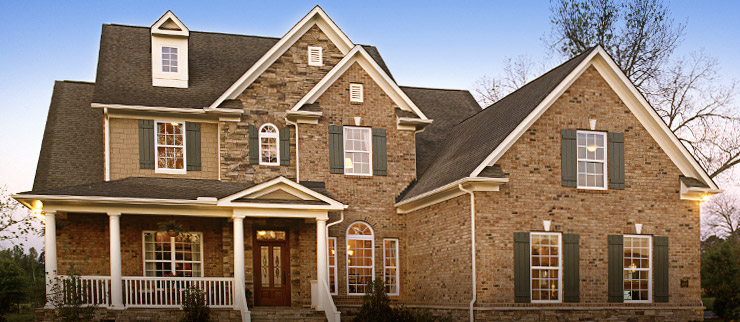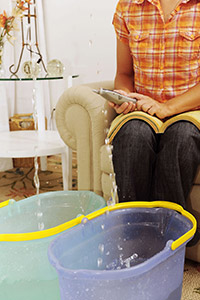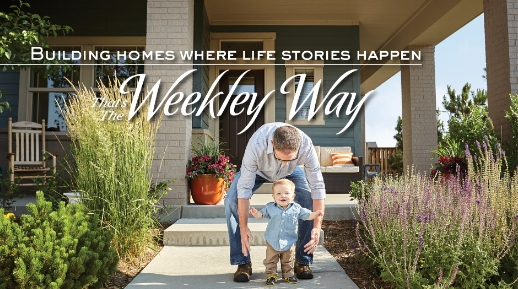
Keep Your Roof in Good Shape: What to Do and
When to Do It
Sooner or later, every Homeowner faces the dilemma of what to do about an aging roof. Should you invest in a whole new roof or can you stretch it a few more years with a patch? Here’s some advice on how to avoid common pitfalls and save a little money along the way.
 Some early warning signs are more obvious than others.
Some early warning signs are more obvious than others.
If you see a dark spot or stain on your ceiling, you might have a leak. The sudden appearance of a leak, especially after a rain with heavy winds could indicate storm damage. While Homeowner insurance often covers such damage, be sure you take steps to minimize further water damage by setting out buckets or placing a tarp over the damaged area to avoid claim disputes with your insurance company.
Other signs of leaks are damp spots around fireplaces, stains on water heater vent pipes and peeling paint under overhangs. Identifying these problem areas doesn’t necessarily mean you need a new roof. It could mean a repair as simple as replacing a few shingles, re-caulking gaps, or repairing the flashing around chimneys and vent pipes.
Check for clues outside your home, too.
Look for cracking caulk, rusted-out flashing and buckling shingles, as these could be signs of roof damage or aging. Also, look for areas where the grit has worn off of the shingles – these granules actually protect them from the sun’s harmful ultraviolet rays. Look inside your gutters and where downspouts empty for granule accumulation, which can also indicate your roof is losing its protective coating.
To repair or replace, that is the question.
Here’s a good rule of thumb: if your roof is not too old and generally sound, repairing it is probably a good option. But, if it’s over 20 years old or shows signs of storm damage, replace it.
For more Homeowner Tips, visit http://www.davidweekleyhomes.com/home-help-center/homeowner-tips.




